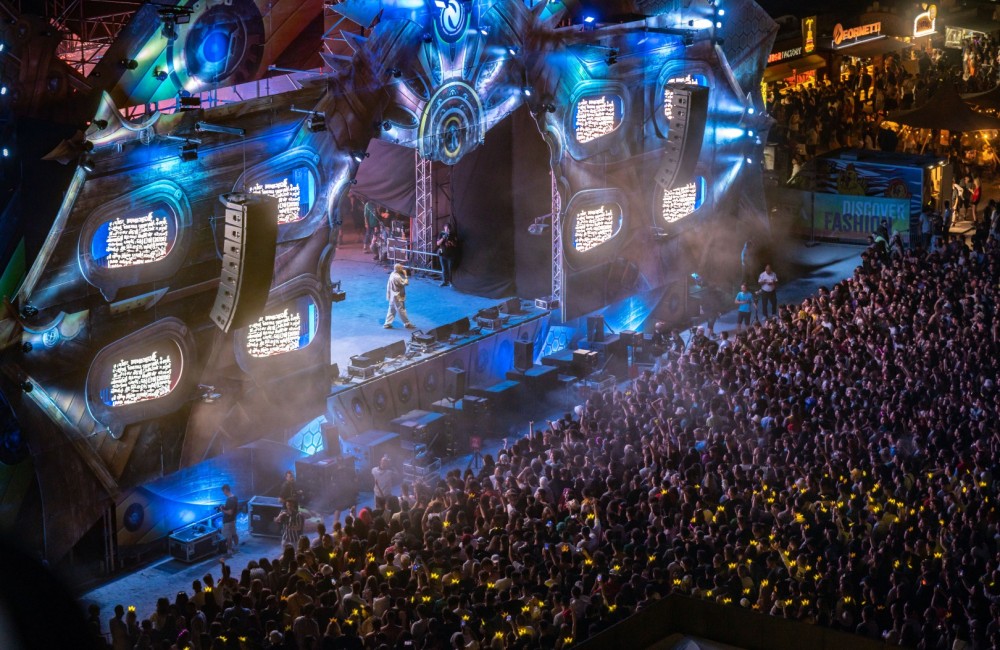Subscribe Us
Not sure yet about having an account on Gigxels?
Subscribe and we will send you weekly our 10 best pictures!

16:16 2023-03-12
When it comes to capturing the energy and essence of a live music performance, photography can be just as powerful as the music itself. However, it takes a skilled and experienced photographer to create truly stunning photographs that showcase the magic of a live concert. In this article, we will provide you with some expert tips for photographing musicians and concerts, and show you how you can create images that stand out from the crowd.
Understanding the Environment
The first step to successful concert photography is to understand the environment you will be shooting in. Concerts are typically held in low-light environments, so it is important to have a camera that can handle high ISO settings and low-light conditions. It is also essential to know the stage layout, lighting conditions, and the band's setlist. This will help you anticipate moments and be in the right place at the right time to capture the best shots.
Choosing the Right Gear
Once you have a good understanding of the concert environment, it is time to choose the right gear for the job. For concert photography, a camera with a fast lens and high ISO capabilities is essential. We recommend a camera with an aperture of f/2.8 or faster and a zoom lens that can cover a wide range of focal lengths. This will allow you to capture wide-angle shots of the entire stage and tight shots of individual band members. Additionally, it is important to bring spare batteries, memory cards, and a tripod or monopod to help stabilize your shots in low-light conditions.
Composition and Lighting
Composition and lighting are key elements of concert photography. When shooting musicians, it is important to focus on their expressions, gestures, and interactions with the audience. Capturing the energy and emotion of performance can make for truly impactful photographs. Lighting is also crucial in concert photography. Pay attention to the stage lighting and try to use it to your advantage.
(Vladimir Pogonariu / Gigxels.com)
For example, backlighting can create dramatic silhouettes, while front lighting can highlight the musicians' faces. Experiment with different angles and positions to find the best lighting for your shots.
Timing and Anticipation
Timing and anticipation are essential for capturing the best moments in concert photography. Knowing the band's set list and anticipating key moments such as guitar solos or crowd interactions can help you be in the right place at the right time. Be prepared to take multiple shots of each moment to increase your chances of getting the perfect shot. And don't be afraid to experiment with different settings and compositions to capture unique and interesting images.
Post-Processing
Post-processing can take your concert photography to the next level. Basic adjustments such as cropping, color correction, and exposure can improve the overall quality of your images. Additionally, adding filters, textures, or other creative effects can enhance the mood and atmosphere of your shots. However, be careful not to overdo it with post-processing. The goal is to enhance your images, not to completely alter them.
In conclusion, photographing musicians and concerts requires skill, experience, and preparation. By understanding the environment, choosing the right gear, focusing on composition and lighting, anticipating key moments, and utilizing post-processing techniques, you can create stunning images that capture the energy and emotion of live music performances.